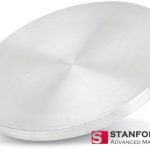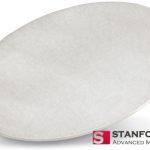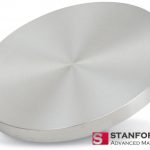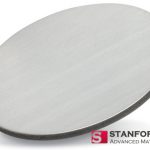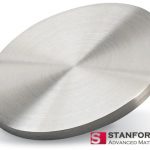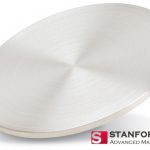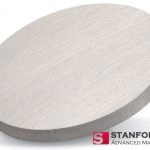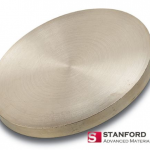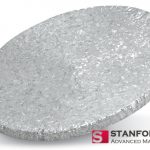Introduction
Thin film coating technologies rely heavily on metal sputtering targets, which are essential in various industries, including semiconductors, optics, and solar energy. These targets are subjected to high-energy ion bombardment to eject particles that form thin films on substrates. The choice of metal sputtering target material significantly affects the properties and performance of the resulting thin films.
Popular Metal Sputtering Targets List
Here is a list of some of the most popular and widely used metal sputtering targets in thin film coating, along with their common applications:
- Aluminum (Al)
- Gold (Au)
- Molybdenum (Mo)
- Titanium (Ti)
- Copper (Cu)
- Tungsten (W)
- Silver (Ag)
- Nickel (Ni)
- Chromium (Cr)
- Zinc (Zn)
- Cobalt (Co)
- Platinum (Pt)
- Palladium (Pd)
- Iridium (Ir)
- Hafnium (Hf)
- Tantalum (Ta)
- Applications: Capacitors, high-temperature alloys, and medical implants.
- Benefits: High melting point, excellent corrosion resistance, and biocompatibility.
- Bismuth (Bi)
- Cadmium (Cd)
- Magnesium (Mg)
- Antimony (Sb)
Rotatable Sputtering Targets
Rotatable sputtering targets are gaining popularity due to their advantages over traditional fixed targets. These targets rotate during the sputtering process, leading to more uniform erosion, longer target life, and improved film uniformity. They are particularly beneficial for large-area coatings such as architectural glass and flat panel displays.
Conclusion
The selection of metal sputtering targets is crucial in thin film coating processes, with materials like aluminum, gold, molybdenum, and copper being widely used across various industries. Rotatable targets and advanced composites represent the forefront of this technology, promising better efficiency and higher quality coatings.
By incorporating a variety of metals, industries can achieve precise control over thin film characteristics, leading to innovations and improvements in product quality. Rotatable sputtering targets, in particular, offer enhanced efficiency and uniformity, making them a preferred choice for large-scale and high-precision applications.
For more detailed information on metal sputtering targets and their applications, you can visit resources at Stanford Advanced Materials.
Further Reading: Everything You Need to Know About Sputtering Targets

